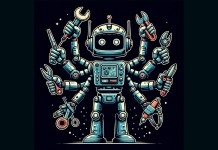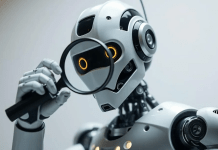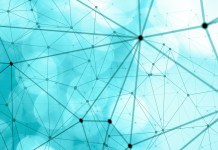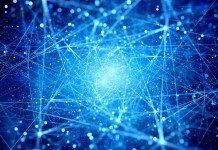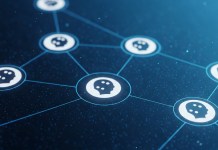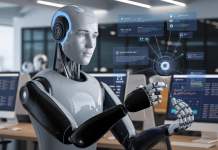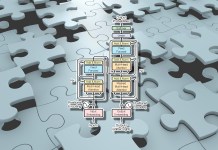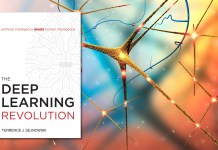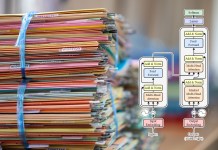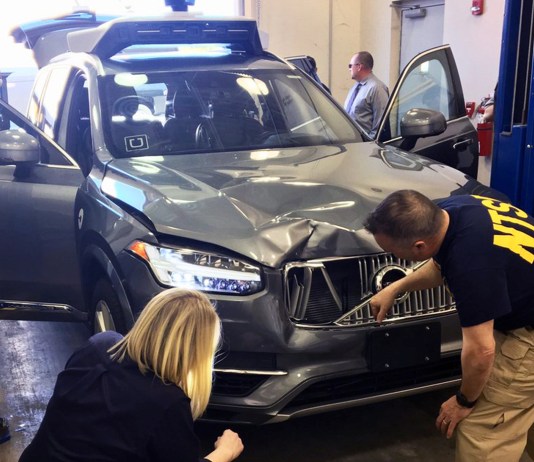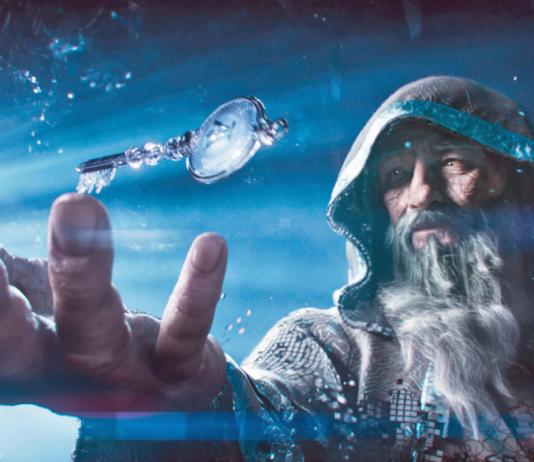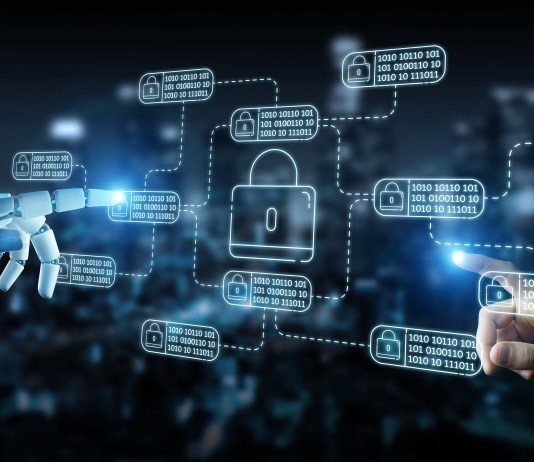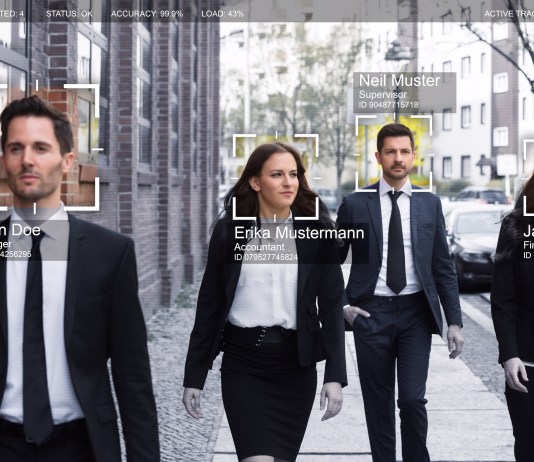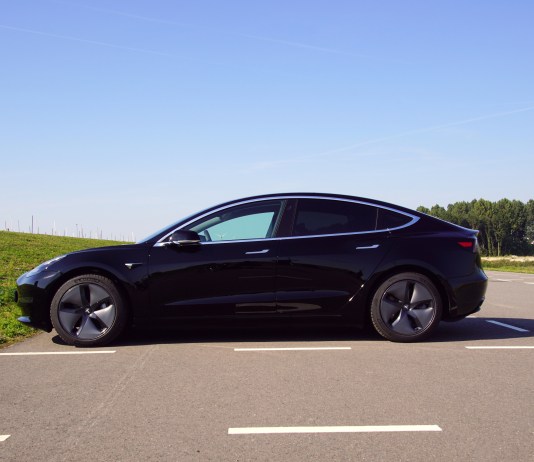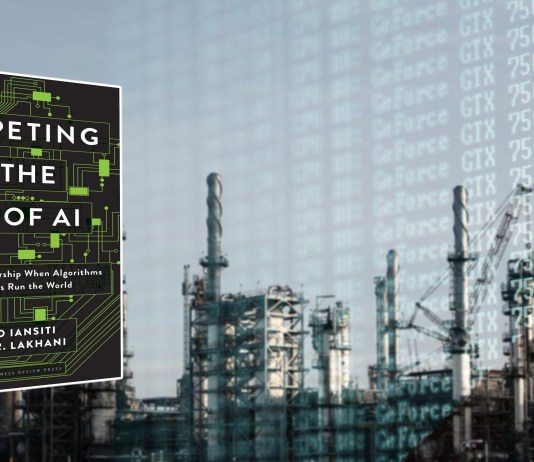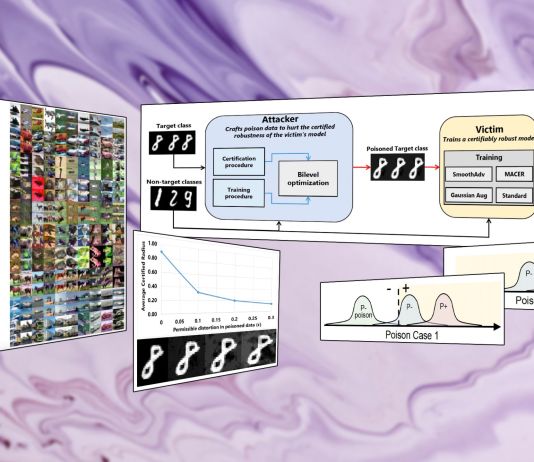This week, ProtonMail made headlines for being targeted by a massive DDoS attack after having caved-in to $6,000 ransom demand made by the group that was behind the attack. The two-stage attack, which eventually took...
The law has always been lagging behind Technology and Uber's driverless car crash is no exception.
Nvidia's RTX technology is there allowing us to go for real-time ray tracing. What has been the realm of CG studios will soon become retail. What are the consequences and where are we headed?
Artificial intelligence is especially good at exploiting our weaknesses. Famous historian Yuval Harari suggests the same AI systems can protect us against malicious abuse of our habits. Is it possible?
When it comes to job hunting, a common concern is not having enough experience, while in software development job seekers and holders fear to have too much of it. Let's see how!
Among the many methods to protect AI models against adversarial attack, one promising technique involves adding randomness to neural networks.
In his AAAI speech, deep learning pioneer Geoffrey Hinton discussed the limits of convolutional neural networks (CNN) and their differences with the human vision system.
Tesla CEO Elon Musk believes the basic functionality of level 5 self-driving cars will be completed by the end of 2020. But given the limits of deep learning, that is unlikely to happen.
Competing in the Age of AI discusses how AI factories can create cycles of development, learning, and growth that scale to new levels.
A new research paper shows that machine learning systems can fail against adversarial examples even if they have been trained with randomized smoothing techniques.


